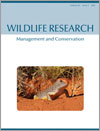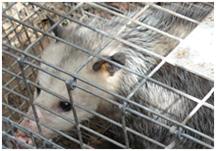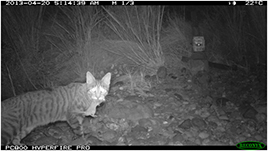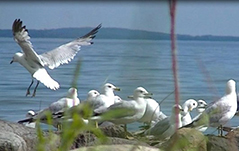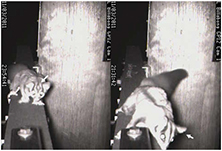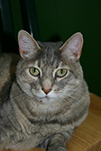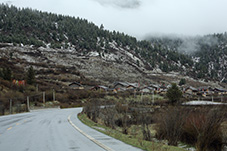WR14227Is fire a threatening process for Liopholis kintorei, a nationally listed threatened skink?
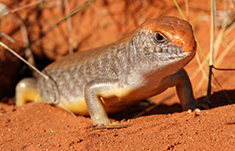
The great desert skink, Liopholis kintorei, is a large, social, burrow constructing skink that has recently experienced population declines and local extinctions. We examined the effect of fire on burrow-system occupancy and breeding success at different spatial and temporal scales and found that fire adversely affects L. kintorei. We recommend prescribed-burning practices that aim to maximise ground cover by reducing the frequency, intensity and size of fires within L. kintorie habitat. Photograph by Josef Schofield/AWC.


